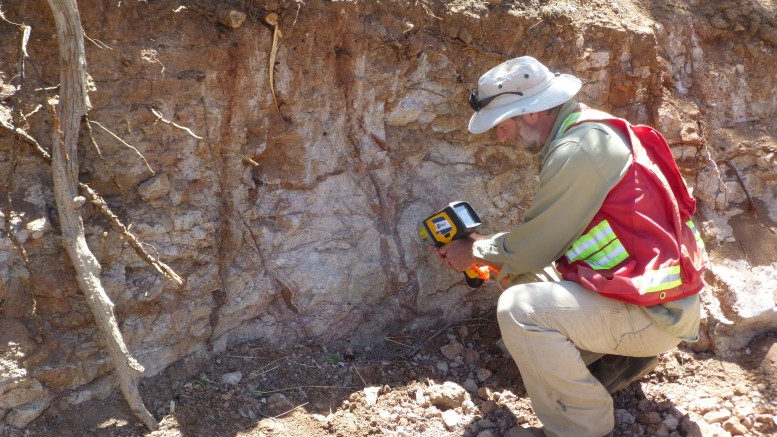
In Mexico, the drill ready projects are La Esperanza, Nora, Salamandra and Vicaino. They lie in a prolific silver belt close to both historic and producing mines. Canasil’s geology and operating team is headquartered in Durango,
La Esperanza covers 150 sq. km on the Fresnillo trend, and multiple high grade silver veins have been identified over a 15 x 7.5 km area. The mail La Esperanza vein structure that has returned wide intercepts such as hole ES-17-19, which intersected 13 metres of 0.74 grams per tonne gold, 219 grams per tonne silver, 0.9% zinc, and 0.4% lead (382 grams per ton silver-equivalent).
Canasil is also drilling the Nora silver-gold project this year. Of interest is the Candy vein, which outcrops over 900 metres and is traced over a 3–km strike length. It was first drilled in 2020, returning an exceptional 1,010 grams silver per tonne and 36.7 grams gold per tonne over 0.5 metres in hole NRC-20-06; and 1,320 grams silver per tonne and 5.3 grams gold per tonne over 0.9 metres in hole NRC-20-04 within multiple, wider high grade silver-gold intercepts. The property has the potential for disseminated bulk tonnage mineralization as well as the veins.
In British Columbia, the two drill ready properties are Benda and Vega.
Brenda is in the Kemess-Toodoggone gold-copper district. It is in the advanced exploration stage with multiple porphyry targets. Although there is no resource estimate for the property, a technical report updated this year recommended more drilling and additional surveys targeting the core of the porphyry system and prospective peripheral targets.
Vega is a copper-gold property in the Omineca mining division and is at an early stage of exploration. An airborne magnetic survey outlined two structural corridors — West (including the Pluto showing) and East. Canasil completed a soil geochemical and rock sampling program in 2019.
Canasil has a market capitalization of C$14.4 million ($11.2m).
Discovery Silver
Discovery Silver’s (TSXV: DSV; US-OTC: DSVSF) flagship property is its 100%-owned Cordero silver-gold-zinc-lead project in Mexico’s state of Chihuahua.
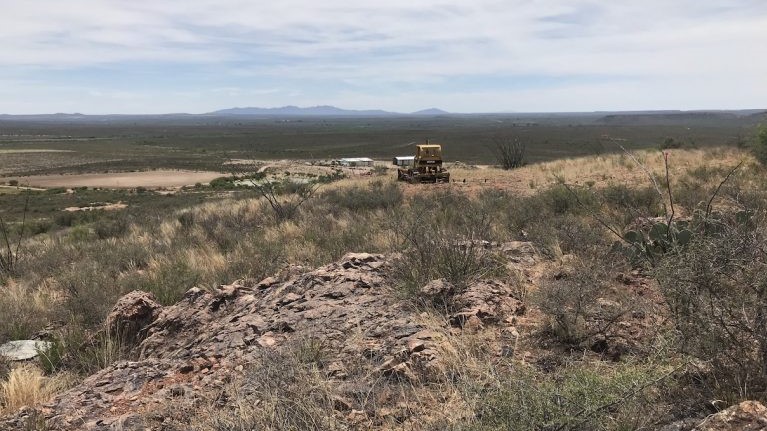
The company acquired the project in August 2019. A preliminary economic assessment completed in 2018 outlined an open pit mine and a 40,000 tonne per day mill that would produce 8 million oz. silver, 99 million lb. zinc, 69 million lb. lead and 12,000 oz. gold annually over 29 years.
Development would require a pre-production capital commitment of C$570 million and a further C$271 million in sustaining capital. The project payback would be 4.8 years.
Using a cut-off grade of 20 grams silver-equivalent per tonne, Cordero’s indicated resource stands at 990.1 million tonnes grading 12.81 grams silver per tonne, 0.4% zinc, 0.2% lead and 0.04 gram gold per tonne. The inferred portion is 272.2 million tonnes grading 20.66 grams silver per tonne, 0.8% zinc, 0.3% lead, and 0.04 gram gold per tonne.
The early stage study put the Cordero after-tax net present value (at a 7.5% discount rate) at C$437.7 million and after-tax internal rate of return at 16.5%.
Discovery is planning to release an updated resource model in the third quarter of this year that will be based on a 75,000 metre phase one drill program. It will then update the PEA before the end of the year. The results of recent metallurgical tests and an optimized flowsheet will be included.
One goal in the updated PEA is to concentrate on high-grade zones in the early years of mining, the company says. To this end, the target feed head grade will be greater than 100 grams per tonne silver- equivalent. A staged approach, beginning with an initial mill throughput of 15,000 tonnes per day, is planned. The mill will then be expanded to 30,000 tonnes per day once the initial capex is paid off.
Recent drill results from the project’s Josefina vein include 1.1 metres grading 1,570 grams silver per tonne, 16.25 grams gold per tonne, 7.0% lead, and 19.0% zinc (3,934 grams silver-equivalent per tonne and 1,960 grams silver per tonne, 0.32 gram gold per tonne, 15.4% lead and 21.6% zinc (3,434 grams silver-equivalent per tonne) over 1.1 metres.
Discovery Silver has a market capitalization of about C$634 million ($494m).
Fabled Silver Gold
Fabled Silver Gold (TSXV: FCO; US-OTC: FBSGF) says it is the first company to systematically explore the high grade, epithermal Santa Maria silver-gold deposit in Chihuahua state, about 39 km from Parral.
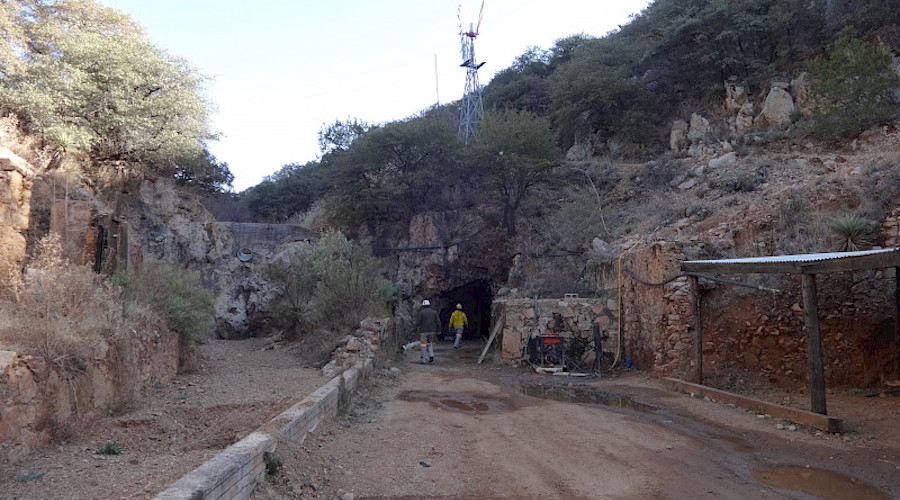
Fabled obtained an option to earn a 100% interest in the project from Golden Minerals (TSX: AUMN; NYSE: AUAMN) in December 2020.
Historic exploration at Santa Maria assumed that the mineralized structures exhibited by the project’s Main and Dos veins seen on surface continued underground. The deposit was known to have both oxide and sulphide zones with a blended zone in the middle where the grades are highest. Historic holes also reported the presence of base metals. Test mining was conducted In 2015 and 2016.
After applying systematic geophysics, geochemistry and drilling, Fabled developed a new theory: that multi-phased mineralization created the 21 veins discovered so far that outcrop. Only two are partly drilled and all are open along strike and at depth. Infill drilling of high grade ore shoots is planned.
The Main vein has an indicated resources of 318,913 tonnes grading 271.7 grams silver per tonne and 1.22 grams gold per tonne. The Dos vein has an inferred resource of 147,780 tonnes grading 208.5 grams silver per tonne and 0.75 gram gold per tonne.
In July, the company expanded its drill program from 8,000 metres to 14,200 metres. Highlights from recent drilling included drillhole SS20-21, which returned 12.97 grams silver per tonne and 4.95 grams gold per tonne (267.60 grams silver-equivalent per tonne) over 14.4 metres, including 48.30 grams silver and 14.05 grams gold over 1 metre, 24.9 grams silver and 22.6 grams gold over 1.8 metres, and 15.2 grams silver and 7.11 grams gold over 1.5 metres.
Fabled Silver Gold has a market cap of about C$30.5 million ($23.8m).
GoGold Resources
GoGold Resources (TSX: GGD; US-OTC: GLGDF) generates cash flow from processing old tailings at its Parral metallurgical facility, about 14 km outside the city limits of Hidalgo del Parral in Chihuahua state.
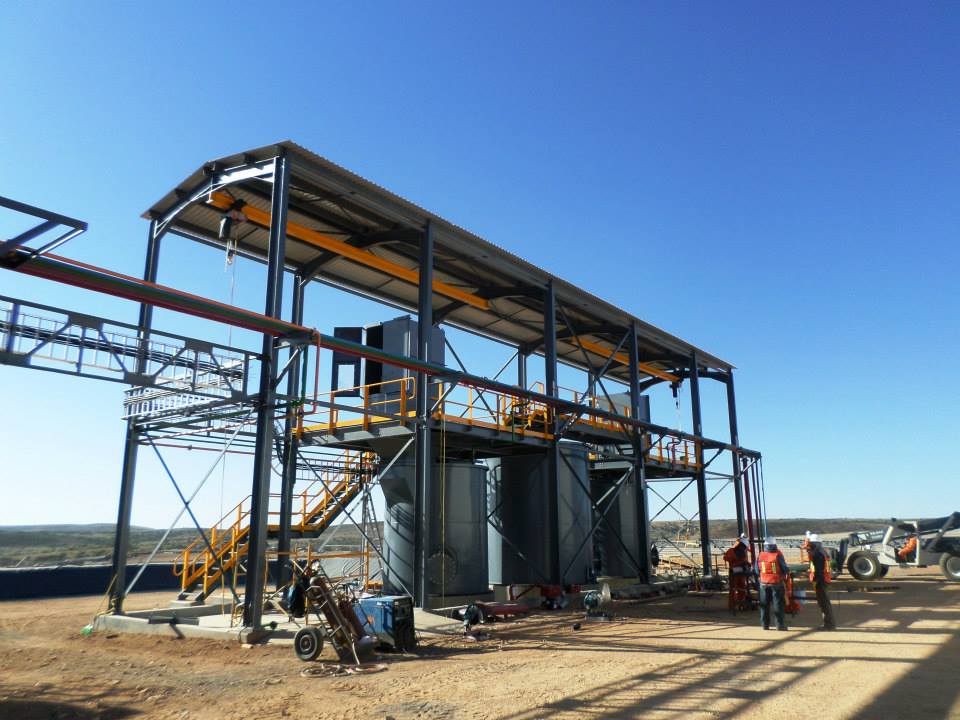
The tailings were left over from 300 years of mining operations in the area and the city grew around them. GoGold pays the city a monthly fee in exchange for the right to remove and process the tailings. Last year the operation produced 2.3 million silver-equivalent oz. and the proceeds cover general and administrative costs and help fund the company’s exploration programs in the country.
The tailings area is located within the city of Parral, and GoGold trucks the material outside the city limits, where it is agglomerated and placed on a heap leach. The pregnant solution is passed through a Merrill-Crowe plant to recover silver, gold and copper. A SART (sulphidation, acidification, recycling and thickening) facility was commissioned in 2020 to produce copper sulphide.
The Parral tailings site has proven and probable reserves of 15.4 million tonnes grading 33.4 grams silver per tonne for 16.6 million oz. contained silver and 0.34 gram gold per tonne for 171,000 oz. contained gold.
GoGold also owns the nearby Esmerelda tailings property with measured and indicated resources of 5.72 million tonnes grading 49 grams silver per tonne and 0.26 gram gold per tonne for contained metal of 9.1 million oz. silver and 48,400 oz. gold.
On the exploration front, GoGold is advancing its Los Ricos project in Mexico’s Jalisco state. The project, which it acquired in March 2019, has two deposits — Los Ricos North and Los Ricos South — which are situated about 25 km apart.
GoGold’s first efforts focused on the Main area of Los Ricos South, where historic mining took place at El Abra, El Troce, San Juan and Rascadero.
A preliminary economic assessment for Los Ricos South was produced in January. It outlined a six-year open pit and four-year underground mine producing a total of 42.9 million oz. silver, 352,000 oz. gold and 4.5 million lb. copper (70 million silverequivalent ounces). The study estimated an after-tax net present value (at a 5% discount rate) of C$295 million and an after-tax internal rate of return of 46%. The base case used a silver price of $21 per oz. and a gold price of $1,550 per ounce.
Initial capital for Los Ricos South was estimated at C$125 million. Approximately two-thirds of the mill feed will come from the pit, and the remaining one-third from an underground mine.
Los Ricos South has measured and indicated resources of 10 million tonnes grading 119 grams silver per tonne and 0.91 gram gold per tonne for 38.1 million oz. silver and 293,000 oz. gold. The inferred resource is 3.3 million tonnes grading 112 grams silver and 0.88 gram gold, containing 11.8 million oz. silver and 93,000 oz. gold.
Last year GoGold expanded work to include drilling multiple targets at Los Ricos North, where nine drills are turningthis year. Though still in the early exploration stages, the property is yielding near-surface mineralization. The first holes drilled at the La Trini target at Los Ricos North intersected 532 grams silver per tonne and 2.41 grams gold per tonne (713 grams silver-equivalent per tonne) starting from 128 metres downhole. The intercept included 4.5 metres of 3,289 grams silver per tonne and 12.83 grams gold per tonne (4,251 grams silver-equivalent per tonne).
The most recent hole reported in July from the newly discovered East zone at the El Favor target at Los Ricos North intersected 51.3 metres of 112.8 grams silver per tonne and 0.31 gram gold per tonne (136 grams silver-equivalent per tonne). The best result from the same hole was 0.9 metres of 1,367.2 grams silver and 2.78 grams gold (1,576 grams silver-equivalent).
The Los Ricos North property is proving fertile ground for new discoveries. In February the company discovered the Cascados vein. Historical near-surfaced miningestablished a vein with an average width of 1.5 metres, but GoGold’s drilling has identified a mineralized vein over widths of more than 20 metres. And a fully intact second vein also has been drilled. Where the two veins combine into one, the width can be up to 56.5 metres, the company says.
At Los Ricos South the PEA is complete and work is underway on the engineering studies required for a prefeasibility study. At Los Ricos North, the company is drilling 100,000 metres in fiscal 2021 ending Sept. 31, at 10 targets, and the results will be used to define an initial NI 43-101 compliant resource estimate before the end of this year.
GoGold had a market capitalization of C$880 million ($686m).
Magna Gold
Magna Gold (TSXV: MGR; US-OTC: MGLQF) owns the San Francisco open pit and underground gold mine in Sonora state, about 150 km north of the state capital of Hermosillo. The past-producing mine churned out 300,834 oz. of gold between 1995 and 2000 and an additional 820,000 oz. gold between 2010 and when mining ceased in 2020.
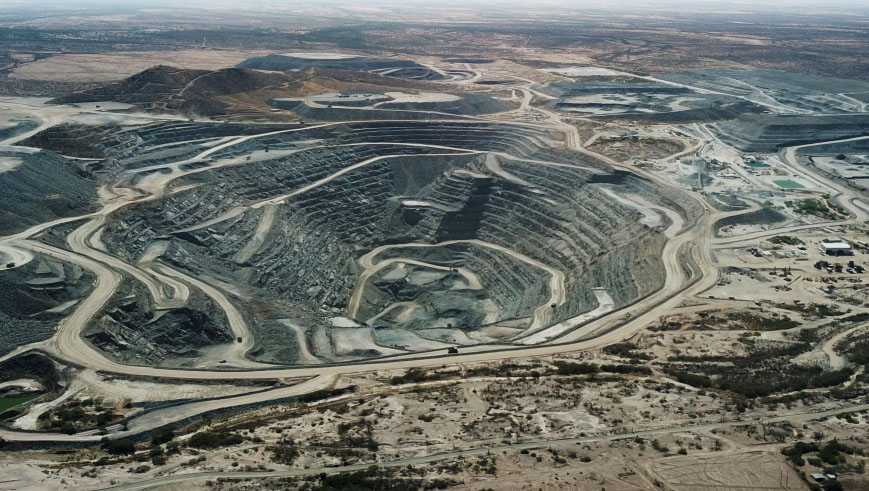
Magna, founded in 2018, purchased the San Francisco project last year, and restarted mining and processing during the third quarter of 2020.
The mine produced 11,713 oz. of gold and 7,742 oz. of silver in the three months ended June 30. For gold production, this marked a 20% increase over the previous quarter.
An April 2020 resource estimate, which used a $1,500 per oz. gold price, outlined 84.2 million measured and indicated tonnes averaging 0.55 gram gold per tonne for 1.5 million oz. of contained gold.
A prefeasibility study completed in August 2020 estimated a mine life of about eight years with average annual production of 69,000 oz. gold for a total life of mine production of about 527,000 ounces All-in sustaining costs were pegged at $1,204 per ounce.
The mine plan used in the prefeasibility study was based on proven and probable reserves of 48.3 million tonnes averaging 0.5 gram gold per tonne for 794,272 oz. of gold. There is also a 7.2 million tonne low-grade (0.26 gram gold per tonne) stockpile.
In the short term the company wants to increase reserves at San Francisco and ultimately enlarge the underground mine.
Magna has three other earlier stage precious metals exploration projects in Mexico: the Mercedes gold project in Sonora, the Margaritasilver project in Chihuahua, and the San Judas gold project in Sonora.
Gold at the Mercedes project is hosted both as disseminated precious metals and in quartz-tourmaline breccias. An open pit mine with heap leaching is planned in the La Lamosa Ridge area. The latest resource estimated of inferred oxidized and mixed mineralization is 1.9 million tonnes averaging 0.52 gram gold per tonne and 12.39 grams silver per tonne for 31,000 oz. gold and 742,000 oz. silver.
The Margarita silver project exhibits 7 km of outcropping veins, but only one has been drilled. Some drill intercepts have widths of over 48 metres. Nine of the holes drilled in 2018 have weighted average values of 221 grams silver-equivalent per tonne over 17.3-metre intercepts, including 475.5 grams silver- equivalent per tonne over 3.1 metres in sub-intervals.
The company has outlined a broad gold zone at its early stage San Judas project. The property hosts two parallel gold bearing structures — Santa Lucia and La Paloma.
Magna maintains an active exploration portfolioincluding the La Pima and Los Muertos silver projects in Sonora state.
Magna has a market cap of about C$90 million ($70m).
Sierra Metals (TSX: SMT; NYSE: SMTS) is expanding silver, copper and gold production in Mexico and Peru where it has three producing underground mines.
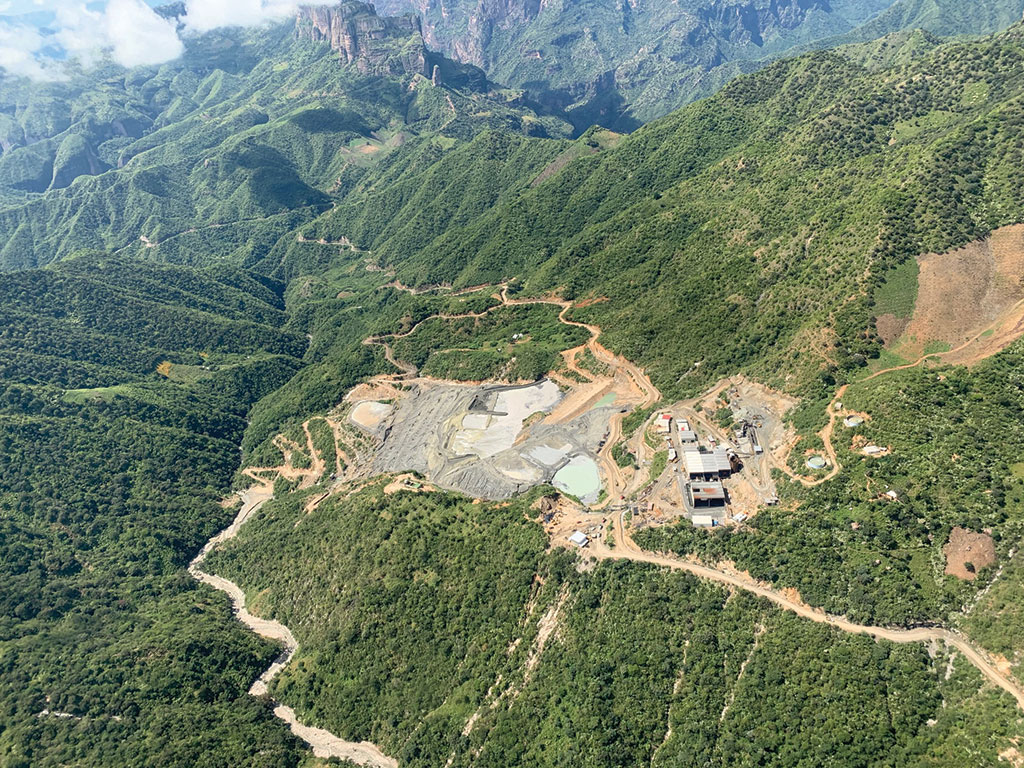
Last year Sierra Metals produced a total of 44.3 million lb. copper (up 11% over 2019), 3.5 million oz. silver (up 3%), 13,771 oz. gold (up 18%), 81.9 million lb. zinc (up 1%), and 33 million lb. lead (down 7%) from a total of 2.8 million tonnes of ore. In terms of copper-equivalent, 2020 production measured 118.2 million lb. (up 6%). Guidance for 2021 is between 130 million and 141 million lb. copper-equivalent.
The company has plans to increase production at all three of its mines: Bolivar and Cusi in the Mexican state of Chihuahua, and Yauricocha in Peru. Specifically, the company plans to increase the mining rate at all three producers by 2024: from 5,000 tonnes per day to 10,000 tonnes per day at Bolivar; from 1,200 tonnes per day to 2,400 tonnes per day at Cusi; and from 3,600 tonnes per day to 5,500 tonnes per day at Yauricocha.
In Mexico, the Bolivar silver-copper-gold mine achieved its first full year of commercial production in 2012. Ore is processed at a mill that originally had a capacity of 1,000 tonnes per day but has increased steadily since then. Last year it reached 5,000 tonnes per day. With the next mill expansion, capacity will double to 10,000 tonnes per day between 2024 and 2025. A prefeasibility study is underway for the expansion. According to the preliminary economic assessment filed in November 2020 for the expansion, the initial capex is estimated to be $US316.6 million in order to double the mining and milling rate. Besides development, ventilation and equipment costs, a US$25 million paste fill plant is planned.
In April, Sierra announced that it will invest $28 million for an iron ore concentrator at the Bolivar mine that is to be operational at the end of the year. The plant is expected to produce 500,000 tonnes of magnetite concentrate per year, adding an additional revenue stream for the company and reducing the volume of tailings that must be managed. Engineering and processing tests for the flowsheet are underway with commissioning to come by the end of the year.
Resources at the Bolivar copper-gold-silver mine, of which Sierra is the sole owner, are all mined from underground. In May 2020 the project had measured and indicated resources of 19.4 million tonnes averaging 15.1 grams silver per tonne, 0.8% copper, and 0.21 gram gold per tonne for 407 million lb. contained copper-equivalent. The inferred resource is 12.4 million tonnes grading 14.2 grams silver per tonne, 0.8% copper and 0.21 gram gold per tonne, for another 453 million lb. copper-equivalent.
Sierra also owns 100% of the Cusi underground silver-gold mine. Commercial production was declared in January 2013 but the company considers the project to be in the development stage. A significant portion of production still comes from development ore. There are two interconnected conventional mills serving Cusi. Lead and zinc concentrates are produced. A PEA completed in November 2020 indicated that to boost mining and milling to 2,400 tonnes per day it will cost the company $36.5 million, primarily for the tailings dam. If the expansion ultimately boosted rates to 3,000 tonnes per day in 2024, the initial capex would be $45 million.
The most recent Cusi resource estimate was announced in November 2020. The measured and indicated portion is 5.4 million tonnes averaging 182 grams silver per tonne, 0.6% zinc, 0.5% lead, and 0.12 gram gold per tonne for 37 million silver-equivalent ounces. The inferred portion is 4.9 million tonnes of 146 grams silver per tonne, 0.7% zinc, 0.4% lead, and 0.18 gram gold per tonne, for 28.8 million oz. silver-equivalent.
The Yauricocha silver-copper-zinc-lead mine-gold mine has been in continuous operation since 1948. Ore is processed on site using conventional crushing, grinding and flotation. Sierra has mounted a successful exploration program that has outlined wider zones and higher grades, which underpins the planned expansion to 5,500 tonnes per day. The capital cost of the expansion is estimated at $72.7 million, and includes sinking a shaft and building a ramp, as well as improvements to the tailings facility.
Resources at the Yauricocha underground mine, in which Sierra has an 82% interest, were last updated in November 2019. The measured and indicated portion was 15.9 million tonnes averaging 44 grams silver per tonne, 1.2% copper, 2.2% zinc, 0.6% lead and 0.53 gram gold per tonne. In terms of contained zinc-equivalent, that is 2.1 billion lb. The inferred portion is 11.6 million tonnes at 27.5 grams silver per tonne, 1.4% copper, 1% zinc, 0.3% lead and 0.45 gram gold per tonne for another 1.2 million lb. zinc-equivalent.
The company has a market cap of C$626 million ($488m).
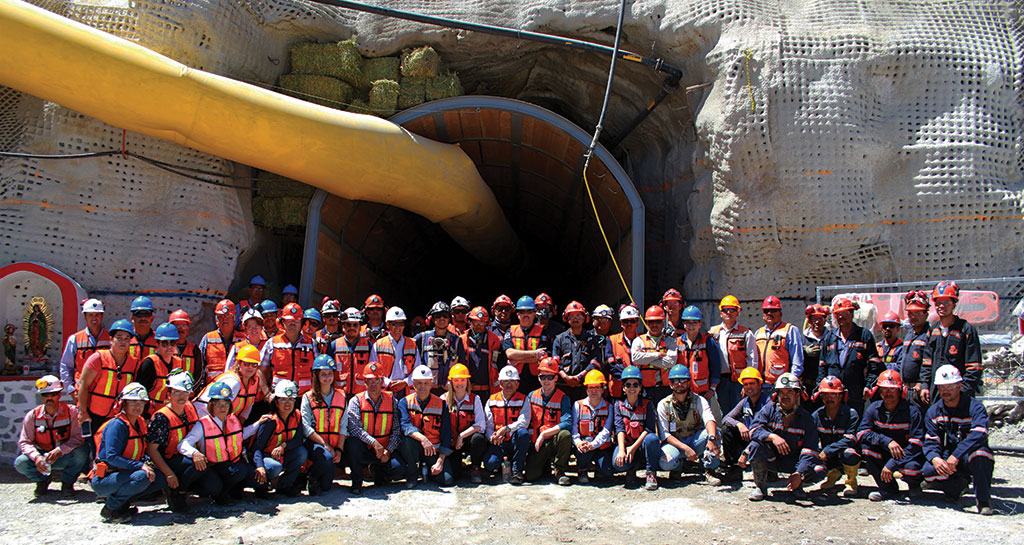
SilverCrest Metals’ (TSX: SIL; NYSE: SILV) flagship property is the Las Chispas silver-gold project in Sonora state. The company currently has eight drill rigs on site testing infill, expansion and new targets. Three of the 14 epithermal veins previously defined at the property had historic production. Public records note the property had a producing mill between 1908 and 1911. During that time, 3.2 million oz. of silver and 25,000 oz. of gold were produced.
A feasibility study released in February envisioned an 8.5 year mine life with average annual production at a mining rate of 1,250 tonnes per day of 6.4 million oz. silver and 69,000 oz. gold (12.4 million oz. silver-equivalent) at all-in sustaining costs of $7.04 per oz. silver-equivalent over the mine life. The study was based on a silver price of $19 per oz. and a gold price of $1,500 per ounce.
Initial capex was estimated at $138 million and could be paid back in one year. The project carries a post-tax net present value (at a 5% discount rate) of $486.3 million and a post-tax internal rate of return of 52%. Those assumptions could amount to an undiscounted life of mine net free cash flow of $565.4 million.
SilverCrest has all the key permits in hand. The project will feature dry stack tailings, reduced greenhouse gas emissions, commitment to a local workforce and water stewardship. The property is shovel ready.
The proven and probable reserves at Las Chispas are 3.4 million tonnes grading 552 grams silver per tonne and 6.21 grams gold per tonne. In terms of contained metal, that works out to 49.7 million oz. silver and 518,100 oz. gold.
SilverCrest plans to use variations of long-hole stoping and cut-and-fill mining via several drifts and ramps to extract ore from 15 principal veins. The mill will include grinding ahead of gravity pre-concentration. This will be followed by cyanide leaching, counter-current decant washing of the leach residue, and Merrill-Crowe recovery of previous metals followed by smelting to create doré.
SilverCrest also has two active silver-gold exploration prospects in Mexico – El Picacho and Cruz de Mayo (both in Sonora state) — plus the inactive Angel de Plata and Estacion Llano (again in Sonora).
SilverCrest has a market cap of C$1.6 billion $1.25bn).
Torex Gold Resources
Torex Gold Resources (TSX: TXG; US-OTC: TORXF) owns the El Limón Guajes (ELG) mining complex in Mexico’s Guerrero gold belt, 180 km southwest of Mexico City. Last year the underground mine produced 430,484 oz. of gold at all-in sustaining costs of $924 per oz. sold. This year’s guidance is 430,000 to 470,000 oz. of gold at AISCs of between $920-$970 per ounce.
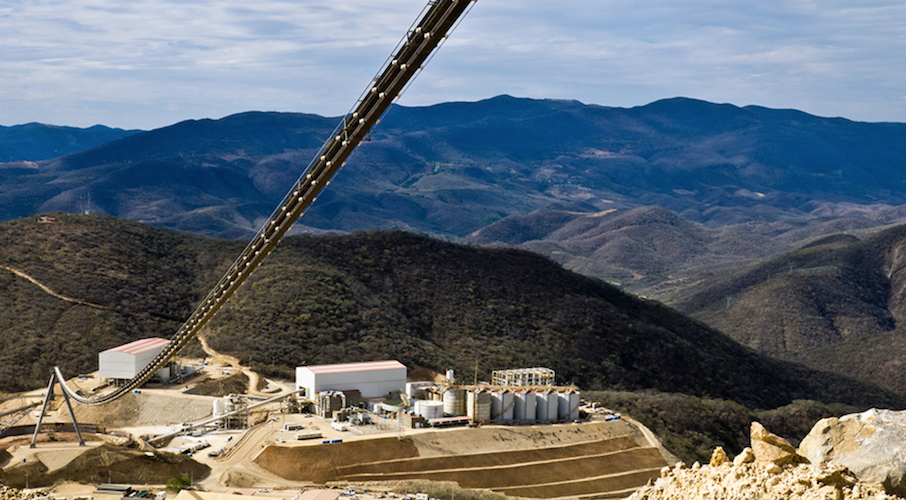
Most ore is sourced from the El Limón and Guajes open pits with a small proportion coming from the El Limón Sur open pit. There is the potential to extend the mine life of the El Limón pit into 2024 should an additional push-back prove economic.
Torex has announced plans this year to accelerate exploration that could extend the life of the El Limón underground mine. A third portal is under consideration for the mine because it could reduce ore transport distances by 50%.
The 13,000-tonne per day mineral processing plant has gold recoveries of 87% using carbon-in-pulp technology. In 2018 a sulphidation, acidification, recycling and thickening (SART) plant was commissioned to remove copper from the leach plant. The SART plant reduces cyanide use and lowers the amount of NaCN in the tails substantially. Tailings are filtered and dry stacked to minimize environmental risk.
Torex says it expects relatively consistent production from ELG through 2023. But output is expected to rise significantly in 2024 when its Media Luna project comes onstream. A preliminary economic assessment was done in 2018, and a feasibility study is underway for completion in early 2022.
Media Luna is an underground silver-copper-gold deposit. The PEA envisaged an annual gold-equivalent production of 350,000 oz. over a ten-year life. The initial capital investment of US$496 million includes modifications to the ELG processing plant to produce copper-gold-silver concentrate as well as doré.
The updated PEA gives Media Luna an after-tax net present value (at a 5% discount rate) of $582 million and an internal rate of return of 27%, based on a gold price of C$1,200 per oz., a silver price of $17 per oz., and a copper price of $3 per pound.
Meanwhile, exploration drilling continues at Media Luna to upgrade resources. In April the total indicated resource was 20.9 million tonnes grading 3.21 grams gold per tonne, 31.7 grams silver per tonne, and 1.07% copper. The inferred portion was 18.9 million tonnes averaging 2.11 grams gold per tonne, 28.2 grams silver per tonne, and 1.04% copper. The estimate was made using $1,500 per oz. gold, $20 per oz. silver and $3.50 per lb. copper.
The Media Luna feasibility study is expected in the first quarter of 2022, and initial production is scheduled for the first quarter of 2024.
Torex has a market capitalization of C$1.2 billion ($940m).
(This article first appeared in The Northern Miner)




